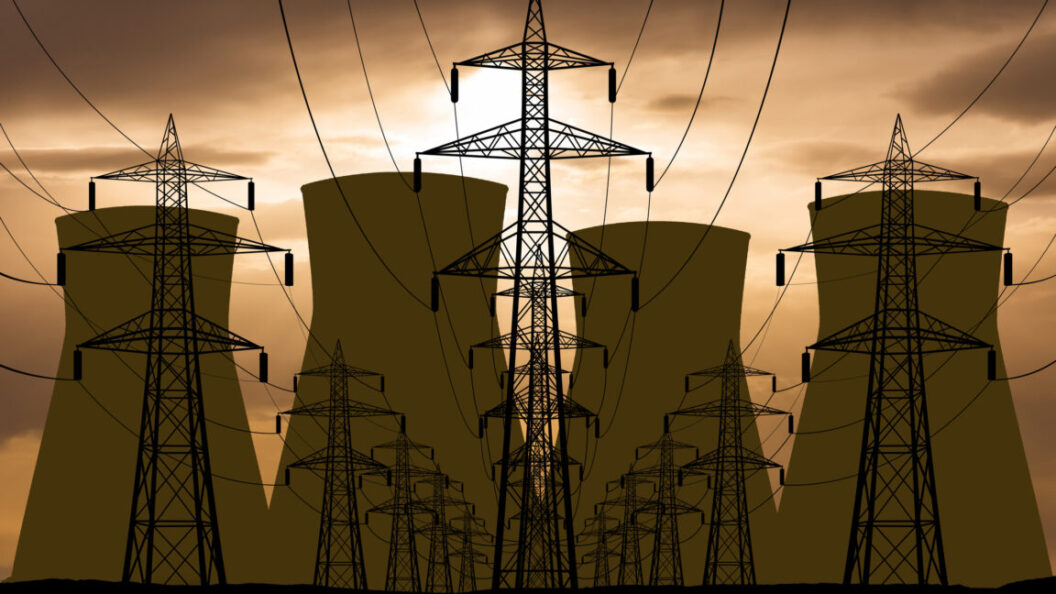Nuclear Power: Challenges and Opportunities
The future of nuclear energy in the United States is at a crossroads, with a wave of new startups proposing Small Modular Reactors (SMRs) as a solution to existing challenges in the industry. These SMRs promise to enhance efficiency and reduce failures by allowing for centralized manufacturing and transport to installation sites. However, the journey towards wider adoption of nuclear energy faces significant hurdles, including economic viability and regulatory challenges.
Current Landscape and Economic Viability
Currently, only one SMR design has received approval in the United States, and plans for its installation were scrapped due to uncompetitive projected electricity costs. This situation has created a perception of nuclear power as an increasingly risky investment, especially when juxtaposed against a backdrop of plummeting prices for natural gas, wind, and particularly solar energy. The high upfront costs of developing nuclear facilities, coupled with their long lead times before becoming operational, make it difficult for investors to justify financial commitments.
Government Initiatives and Controversies
The Trump administration has signaled intentions to revitalize the nuclear industry through a series of executive orders. However, the sincerity and effectiveness of these initiatives have been met with skepticism. Critics point out that the timing of the announcements coincided with a holiday weekend — a typical strategy for minimizing media attention on contentious issues.
A notable misunderstanding highlighted in these initiatives is the characterization of nuclear power as a "dispatchable" source of energy, meaning it can be quickly ramped up or down in response to demand. This description has been criticized as misleading, given that traditional nuclear plants operate on a more fixed schedule than renewable sources.
Moreover, while the administration promotes nuclear power as a clean alternative, it simultaneously rolls back pollution regulations and promotes fossil fuel sources like coal, raising questions about the coherence of its energy policy.
Proposed Measures and Their Implications
Among the actions proposed by the administration is the "Reinvigorating the Nuclear Industrial Base" initiative. This order suggests developing the capability to reprocess spent nuclear fuel to extract usable fuel. However, this process is not only costly but could also detract from the economic feasibility of nuclear power. The ongoing issue of permanent storage for nuclear waste remains unresolved, further complicating the industry’s prospects.
The Road Ahead
The ambition to rejuvenate nuclear energy through SMRs represents a complex interplay of opportunity and risk. For proponents, the small modular reactor model offers a potential solution to the industry’s long-standing issues of safety and efficiency. Yet, without addressing economic viability and public concerns, these innovations may struggle to gain traction.
As the energy landscape evolves, particularly with the rise of renewables, the future of nuclear energy will likely depend on the balancing act of innovative technology and sound policy. Consumers, investors, and policymakers must weigh the potential benefits against the inherent risks, as the transition toward a sustainable energy future unfolds.
The significance of these developments can’t be understated; how the U.S. navigates these challenges will have lasting impacts on energy strategy, environmental sustainability, and economic factors within the broader context of climate change initiatives.









